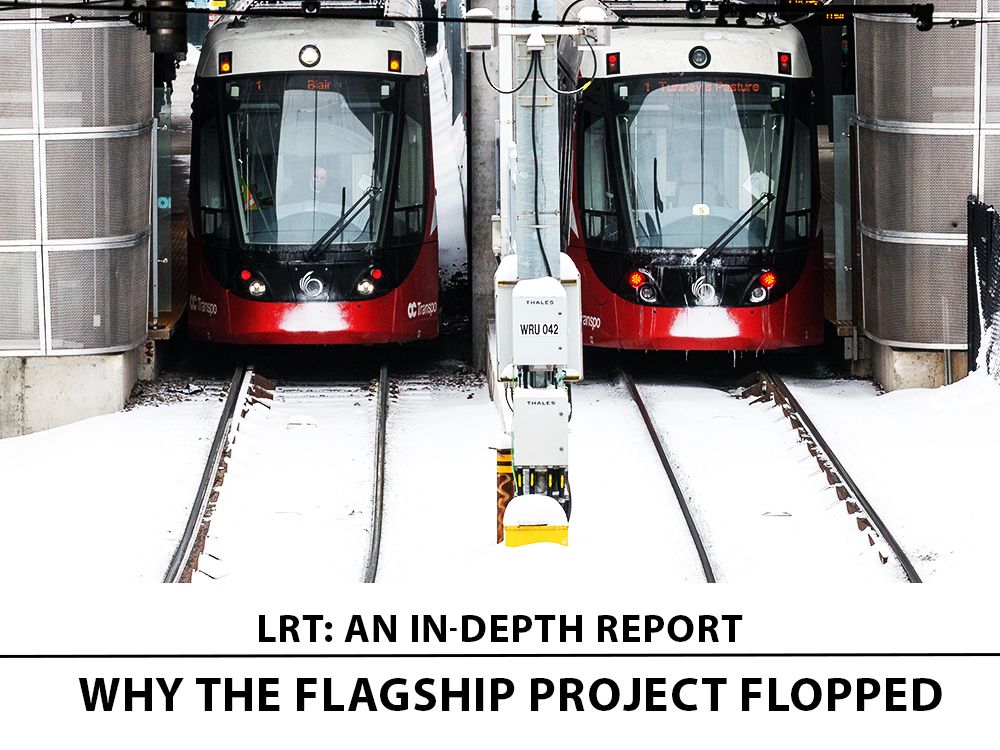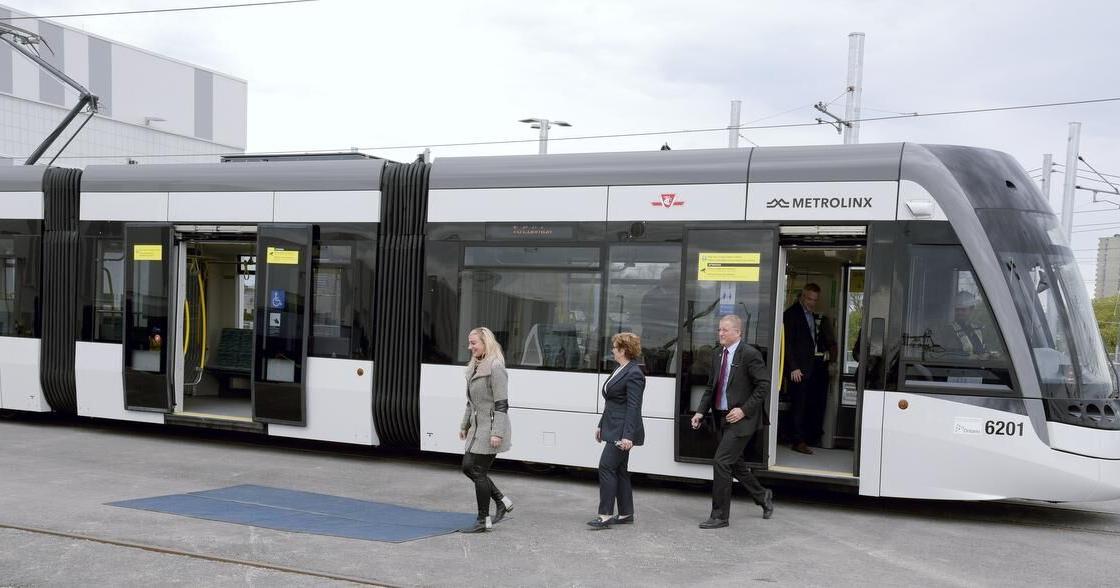drum118
Superstar
Even if ML goes to a new fleet for RER like they should, most likely be a different supplier building them unless Queen Park say they have to be built in Ontario.Metrolinx makes up the vast majority of their business right now. Unless they can find another customer to build for, they are as good as dead when the current production finishes.
Thunder Bay been on dead watch for years and the closure will see the end of the line for the plant and the workers. Even if Alstom offer workers work at other plants, very few will accept the move unless there is no future for them in TB for work.
With Quebec backing this deal, BBD plants in Quebec are well protected for work down the road.
VIA is buying US train sets and most of GO coaches will handle none electrify lines and areas, GO can go to a new model for electrify lines only as well equipment that meet the low ridership needs for service until 6-12 DD cars trains are needed. Locomotives could be US made like they are today or come off shore.
At the end of the day, other than Toronto, very few places in Canada will need a Flexity car or even support a plant 100% for new cars regardless what they are. Come 2025, who is looking for LRT systems and cars in Canada then or the next 10 years??
Alstom will have to setup a plant in the US to built LRV's there to comply with the Buy America requirement.
TTC may look at the market again for bidders on their needs of 100 more cars, once they know they can get funding to buy them than going to Alstom now. Be a smart move on TTC part to go open market for these cars.







